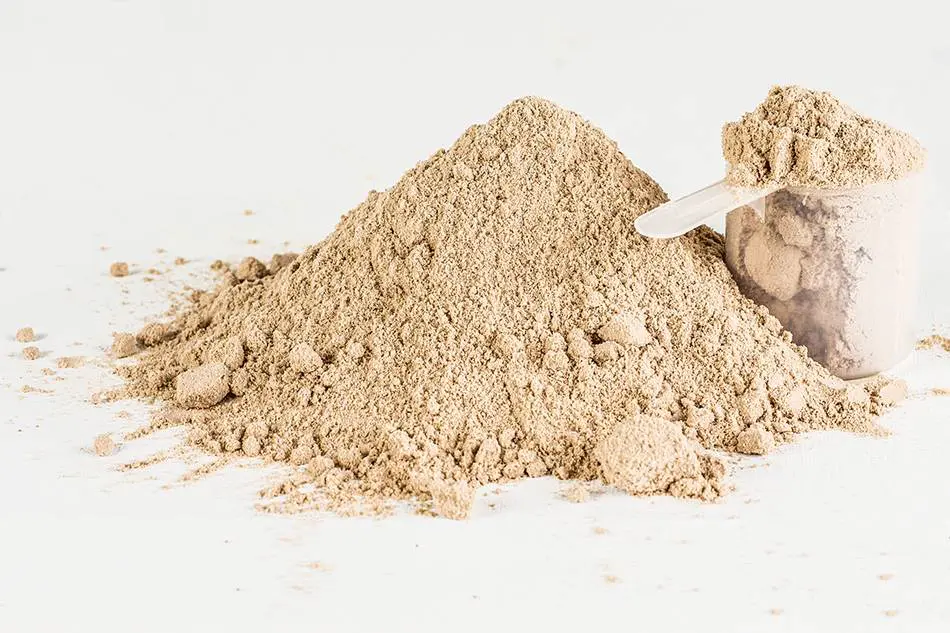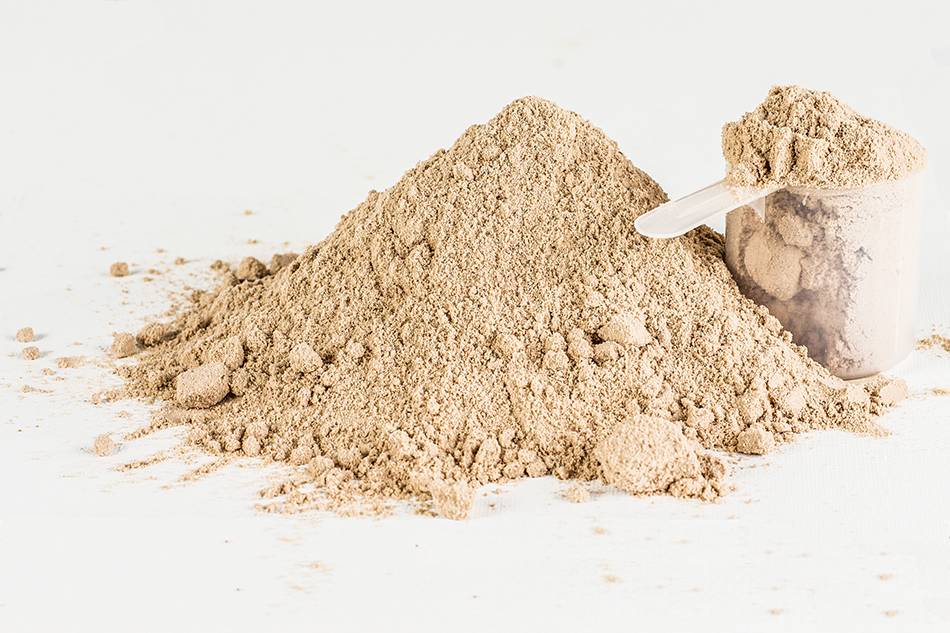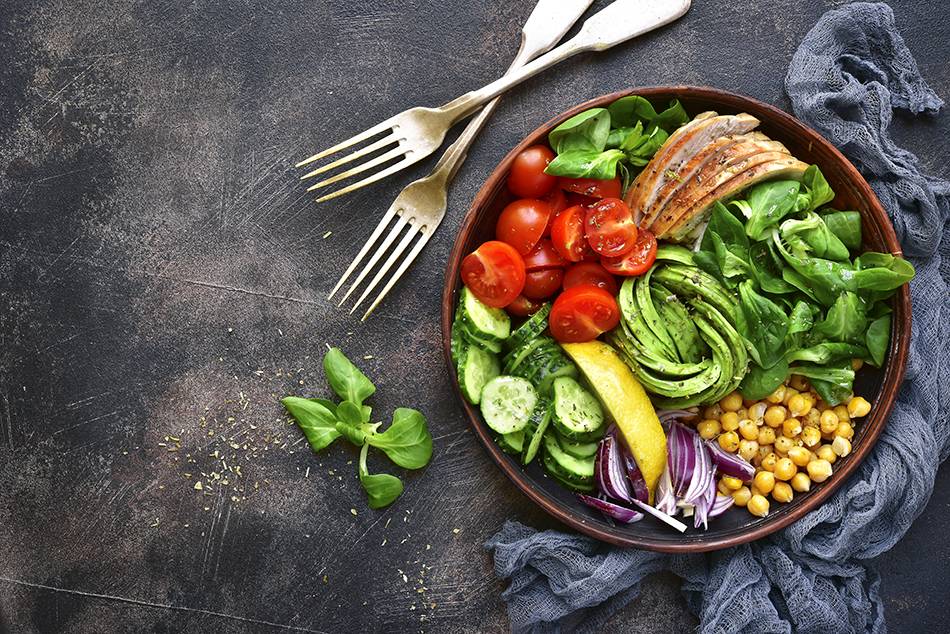
What you should know about whey protein
These different types have amino acid chains that are different in length. Protein breaks down into amino acids in the body, therefore the shorter the amino acid chain is in the protein the easier it gets digested and absorbed. Since your muscles are made up of protein you should supply your body with protein if you want to become stronger, build muscle mass and very importantly, if you want to lose weight. Protein consists of amino acids, namely, the different chains of amino acids. BCAAs and glutamine are particularly important for the muscles, therefore these two amino acids are handled as a priority and you could even take them in as extra around the time of your workout, in addition to your shake.
WHY IS IT GOOD TO TAKE PROTEIN POWDER?
Whey protein is a basic food supplement used by athletes because it not only nourishes the body, but it also contains no unnecessary nutrients. Muscle building would be a very difficult and slow process without it because it is very difficult to take in the quantity of protein from meat that is required for muscle development. However, when taken as a shake whey protein can be easily digested, it integrates quickly and it has a perfect amino acid composition for muscle building.
During workout there are microlesions and your muscles start the regeneration process that requires a high protein diet as a basis. After workout the body is particularly starved, it would like to immediately launch the recovery process along with adaptation and preparation for the next challenge. Therefore, it is very important to consume quickly absorbing nutrients in order for this process to start as soon as possible. In the 30-60 minutes after workout the body can effectively take the nutrients and use them to build the muscles. This is called the anabolic (building) gateway.
It is also a fundamental element of low-carb diets, because a whey protein food supplement of the right composition does not contain unnecessary calories.
WHEY PROTEIN ISOLATE, CONCENTRATE OR HYDROLYSATE
Whey protein:
Appr. 20% of whey is whey protein. It is a by-product of cheese production that is the most popular protein source among athletes nowadays. It can be very well utilised due to its high biological value and it also has a high BCAA content. However, by default it has a low glutamine and arginine content (if there is no added quantity).
Whey protein concentrate (WPC):
It is the most widespread form of whey protein. It can be produced more easily than isolates since it doesn’t require different filtering processes, however, it does contain slightly more fat, sugar and lactose. The protein content is still higher than 70% on average in the finished protein powders. It is ideal to take after workout or in the morning.
Whey protein isolate (WPI):
It is one of the fastest and most effectively absorbing protein sources from the complex amino acid sources, because an isolate consists of short amino acid chains that can be absorbed more quickly than slower-absorbing protein sources. Casein and egg white are slow-absorbing sources, therefore it is recommended to take them at different times, not necessarily after workout. They are useful not only because they are absorbed extremely fast, but also because pure isolates are usually free from lactose (provided you mix them with water… but why would you mix them with anything else? 😉 )
The biological value or rather the utilisation rate of whey protein should also be mentioned. Egg is the baseline with 100, and whey protein could be as high as 150. The biological value of plant-based proteins is significantly lower. Ready-made protein powders have a protein content above 80%.
Hydrolysed whey protein (WPH):
When the protein chain is pre-digested, it breaks down to peptides. Peptides can be digested more easily and they have a faster absorption rate, yet their protein content is about the same as in WPI-based products. The basic material contains lactose, but less than what is found in the concentrate.
CONTENT GUIDE
The whey protein content of mass gainers is between 7 and 30%:
- Muscle Mass – 7% protein matrix (12 g/serving) whey concentrate, hydrolysed protein, casein, whey isolate, egg whites
- HyperMass – 23% protein content (20 g/serving) from whey protein concentrate, calcium caseinate and whey protein isolate.
The whey protein content of protein powders is between 70 and 85%:
- ISO Whey Zero – min. 85% protein content from whey protein isolate, premium Native Whey basic ingredient.
- 100% Pure Whey – Whey concentrate and whey protein isolate with 78% protein content.
- Hydro Whey Zero – It contains 80% protein that consists of hydrolysed whey protein and whey isolate sources.
- Protein Fuel – Liquid protein made from hydrolysed whey proteins, with 30g protein per serving.
+1: Meal Replacement – meal replacement shake with 50% protein content. From whey protein concentrate, calcium caseinate and egg white powder and added slow-absorbing carbohydrate sources.
+2: Ultra Loss – Drink powder with 55% protein content that is rich in dietary fibre, from whey protein concentrate and casein. It can be used as a meal replacement.
HOW MUCH PROTEIN SHOULD YOU CONSUME?
2 grams protein are recommended per each kg of your body weight if you want to build muscles. During a diet you may take up to 3 grams of protein per each kg of your body weight in order to retain your muscles. This amount must be distributed throughout the entire day and you can deduct it from the protein quantity you take in with solid food.
WHEN SHOULD YOU TAKE YOUR PROTEIN?
In the morning, after waking up when the body stores the resources faster – mix one serving of whey protein to your oatmeal.
After workout: indulge your muscles after each workout with a fast-absorbing protein shake.
As an afternoon snack you will enjoy it instead of some unhealthy food, and it also helps you develop a high-protein diet.
Before going to bed you can supply your muscles with the right nutrition with slow-absorbing protein throughout the night to prevent the breakdown of your muscles.
ARE YOU SENSITIVE TO LACTOSE?
Many people are afraid of taking protein shakes because they suffer from lactose intolerance, but pure whey protein isolates and hydrolysates don’t contain lactose, so there are no unpleasant symptoms. Of course, protein can be supplied from plant-based sources if someone is suffering from a lactose intolerance.
MEAL REPLACEMENT WITH PROTEIN POWDER
Most protein powders nowadays contain added vitamins, minerals and amino acids that make them a full meal, so they – for example Meal Replacement and Ultra Loss – can easily replace any of your meals. It should be taken into consideration that the human stomach is primarily built for solid meals, therefore you should cover only 50% of your daily protein need from liquid shakes. The other 50% should come from lean meat (e.g. chicken breast, turkey breast), dairy products and fish.
In summary, it comes as no surprise that most athletes consume these products since it is extremely important for them to take nourishment of the best possible composition without adding on excess kilos, but to also get all the important nutrients that their body requires.

